Tightlines22
Well-Known Member
Great continuing work Scoopy! thanks for posting. It is nice to watch your progress. Also makes me keen to keep my transom sealed tight and dry!
Looks like your doing a good job ....... If you don't mind me asking, did you think of putting a pod or extension on it and if not why ....... Just wondering because I may do it also , I just like others opinions
Tight lines when you get ER wet
Looks like your doing a good job ....... If you don't mind me asking, did you think of putting a pod or extension on it and if not why ....... Just wondering because I may do it also , I just like others opinions
Tight lines when you get ER wet
Are the plywood washers only being used to glue plywood to outer glass skin? If so could you have used a timber brace on the inside with bottle jacks pushing back against the plywood to do the same without the need to drill holes?
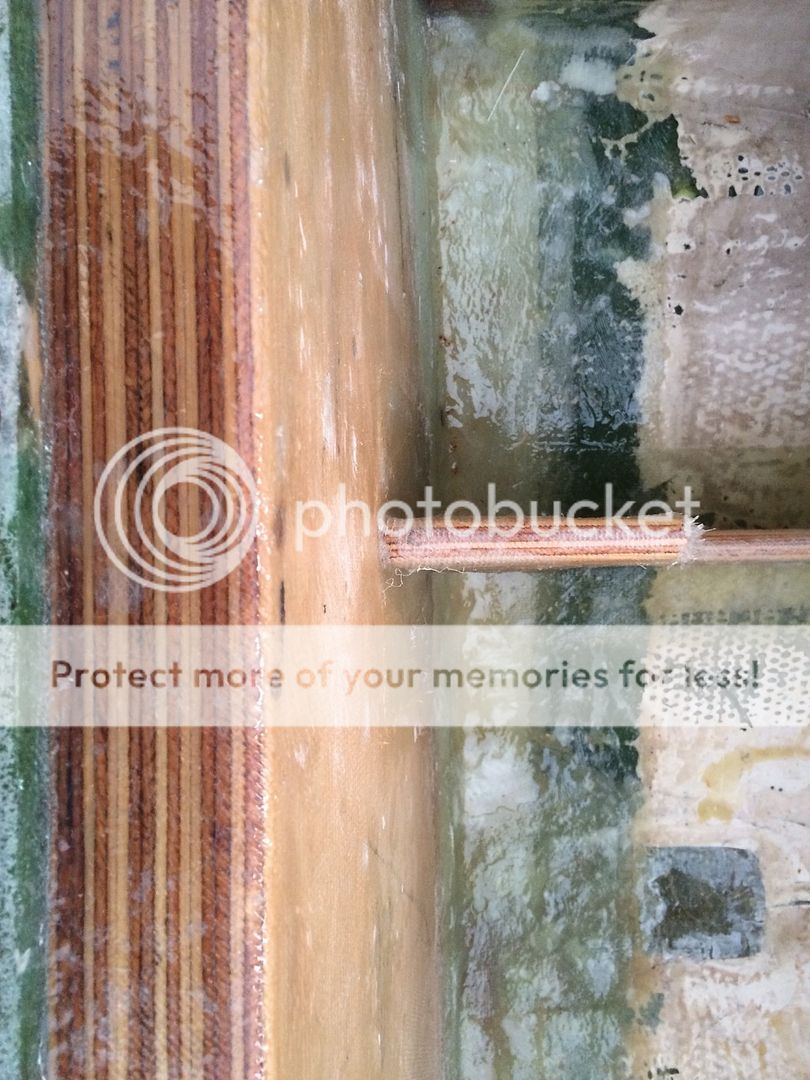

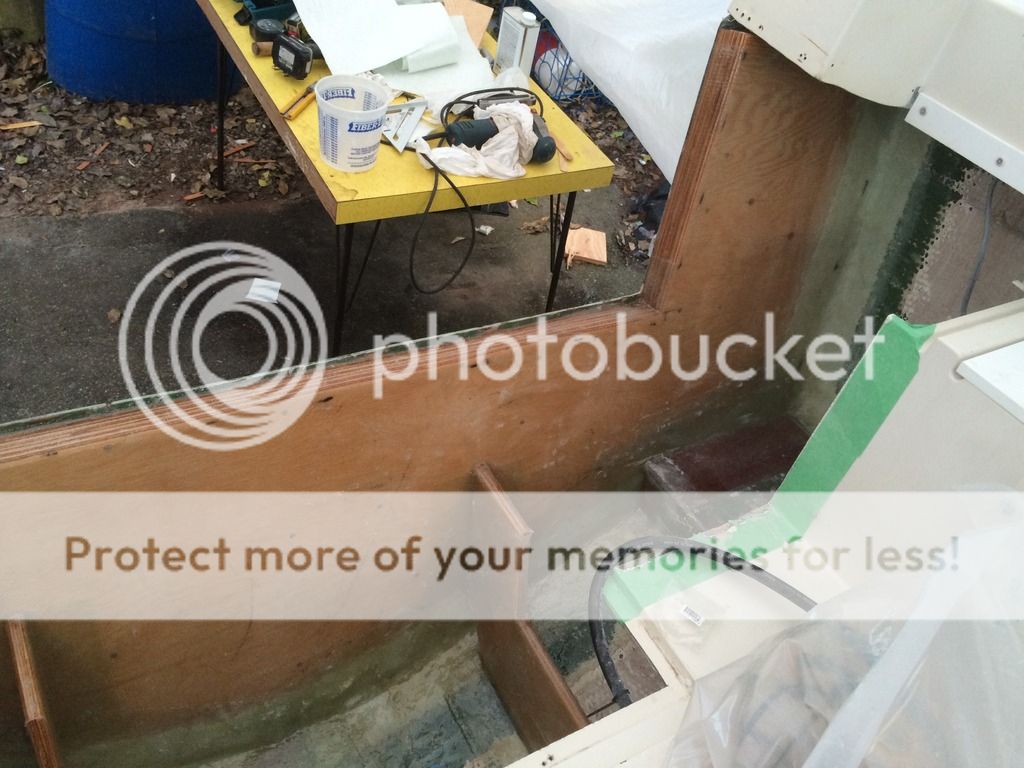
Good work, great thread! Have you done this before? I'd be more than a little apprehensive to cut off the transome of my boat. Fingers crossed that nothing lurks within...
Good work, great thread! Have you done this before? I'd be more than a little apprehensive to cut off the transome of my boat. Fingers crossed that nothing lurks within...
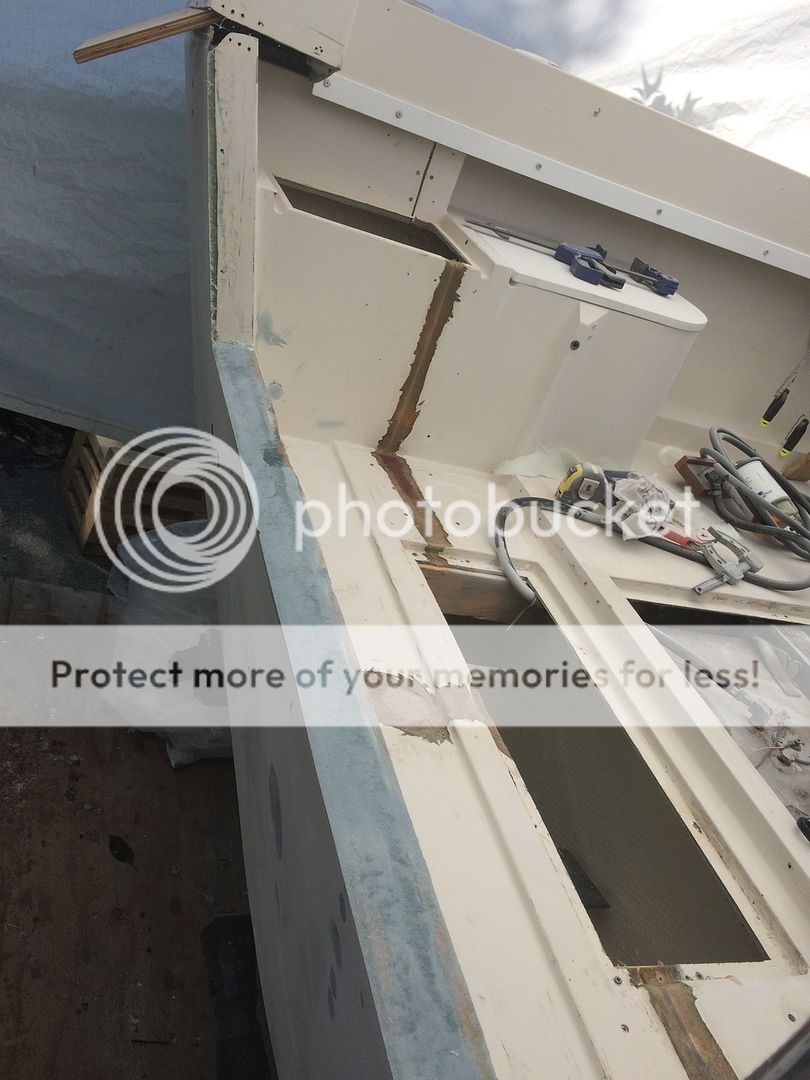
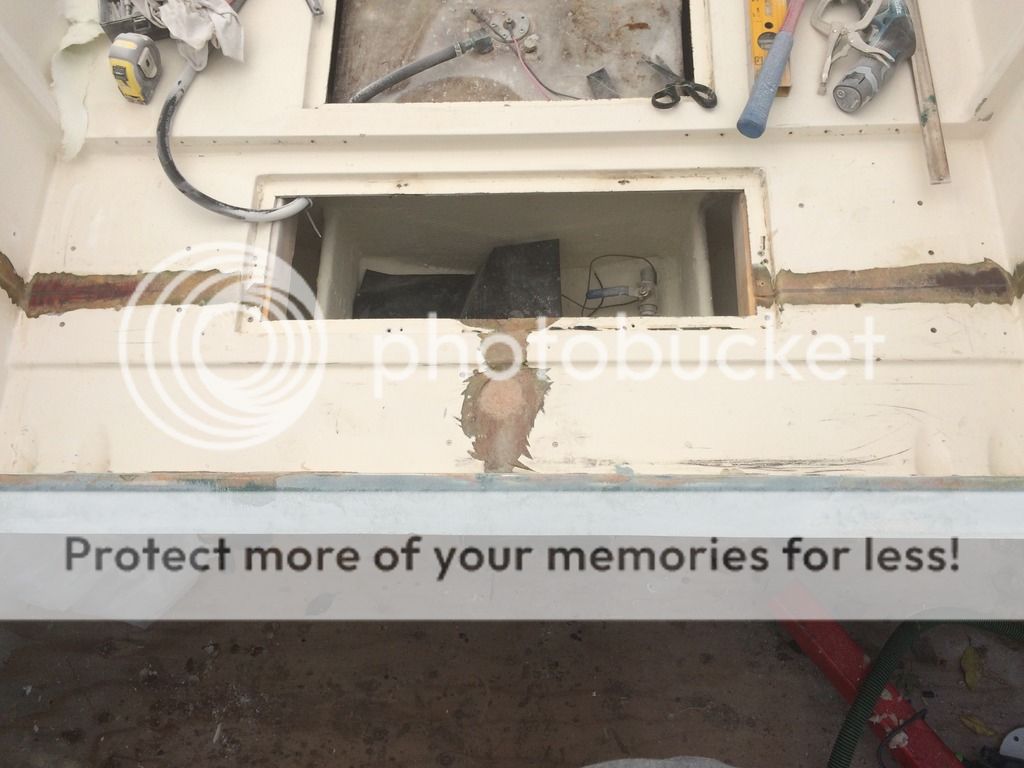
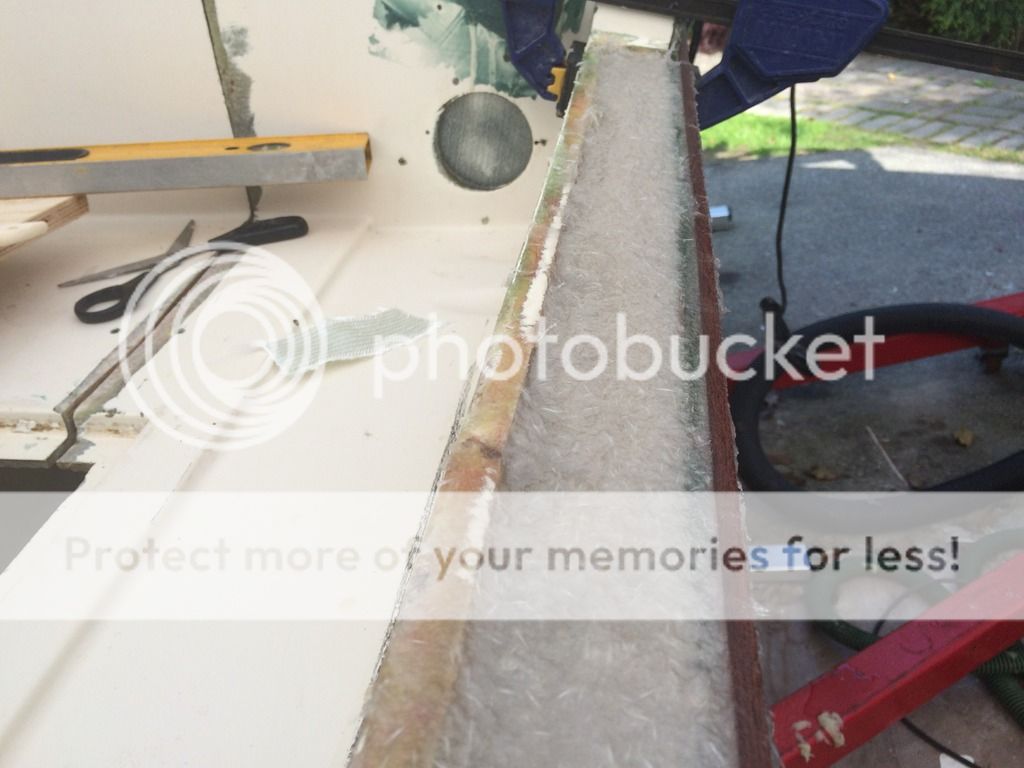
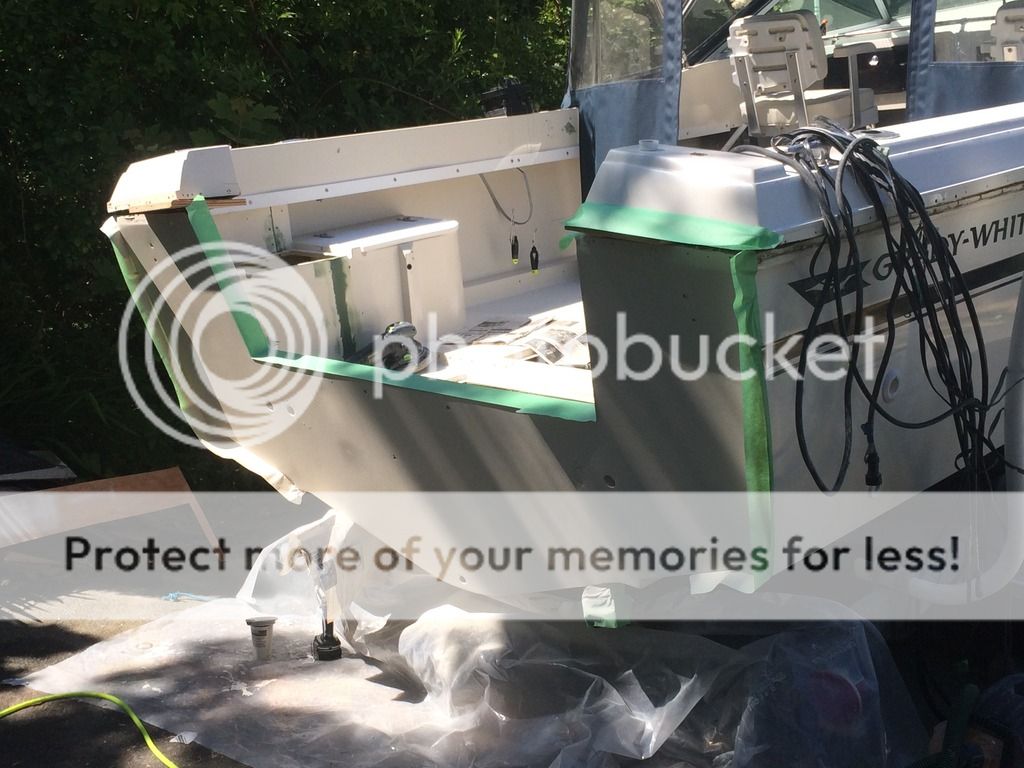 [/[URL=http://s12.photobucket.com/user/mjkamer/media/Mobile%20Uploads/image_zpsk90bjwdi.jpg.html]
[/[URL=http://s12.photobucket.com/user/mjkamer/media/Mobile%20Uploads/image_zpsk90bjwdi.jpg.html]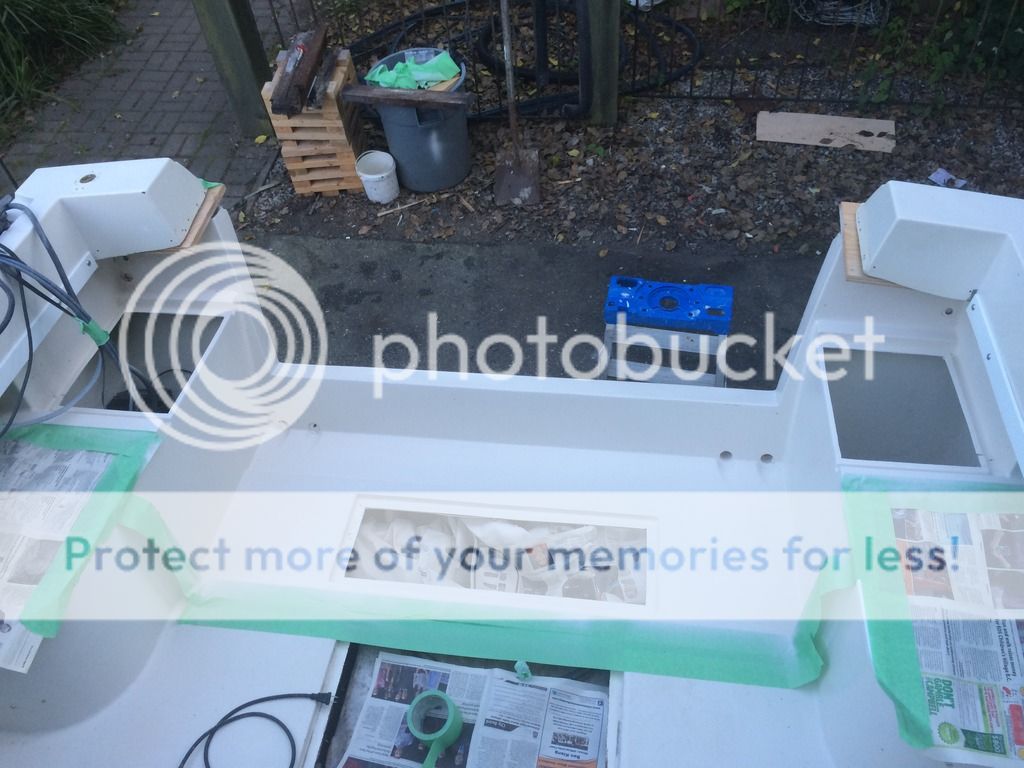
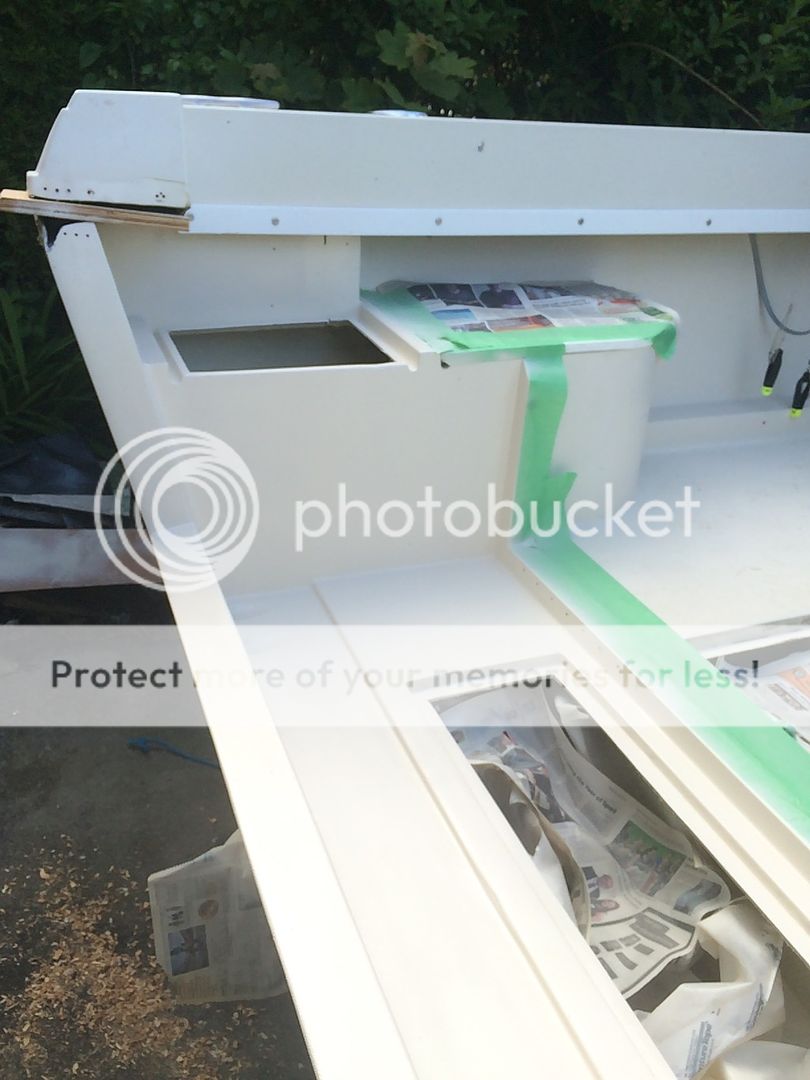
Looks good, did you spray the gelcoat straight up or did you add Duratec?
Looks good, did you spray the gelcoat straight up or did you add Duratec?
